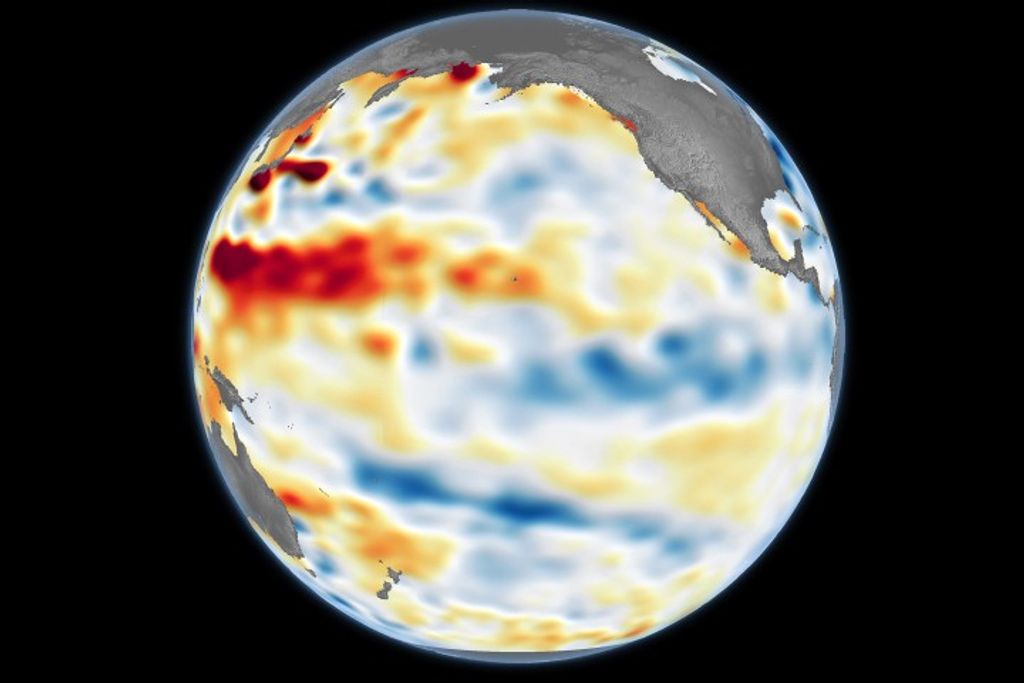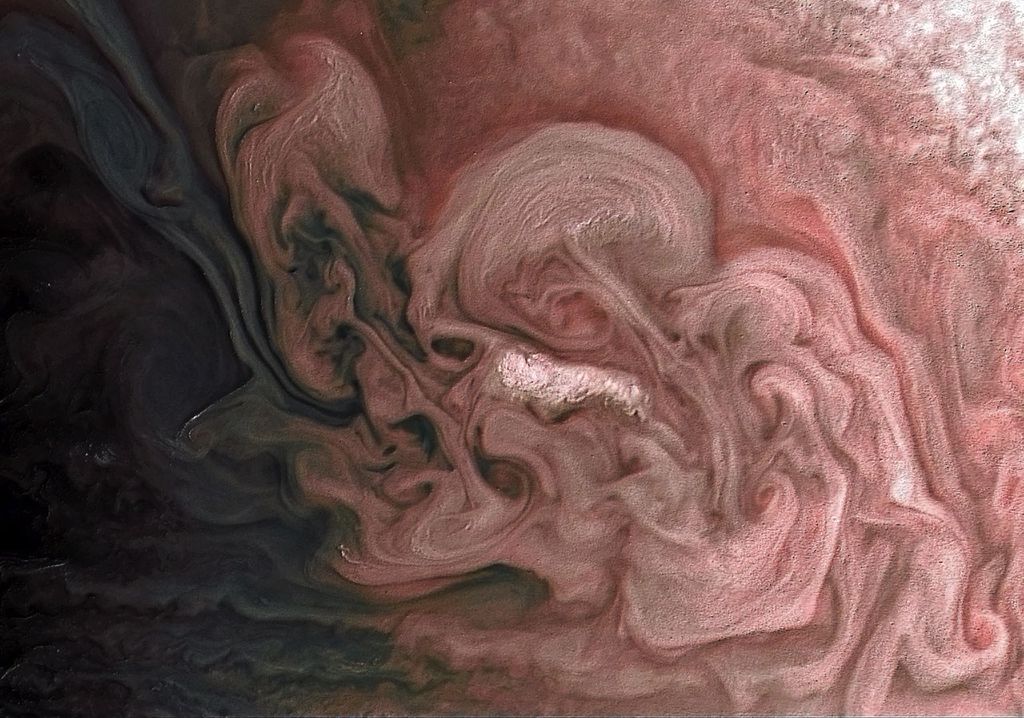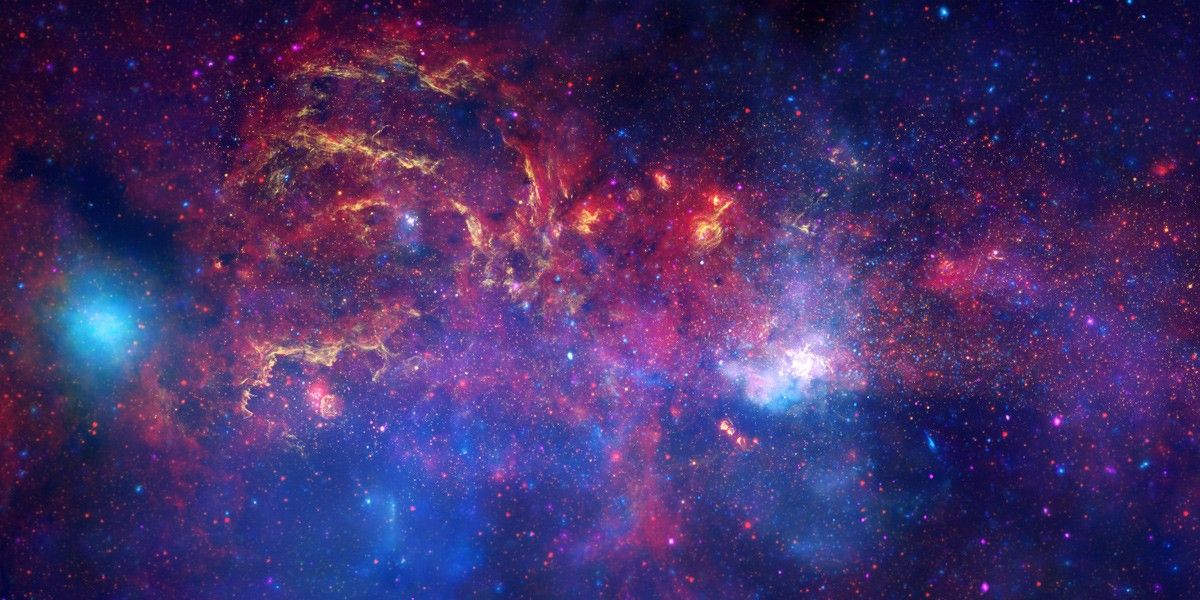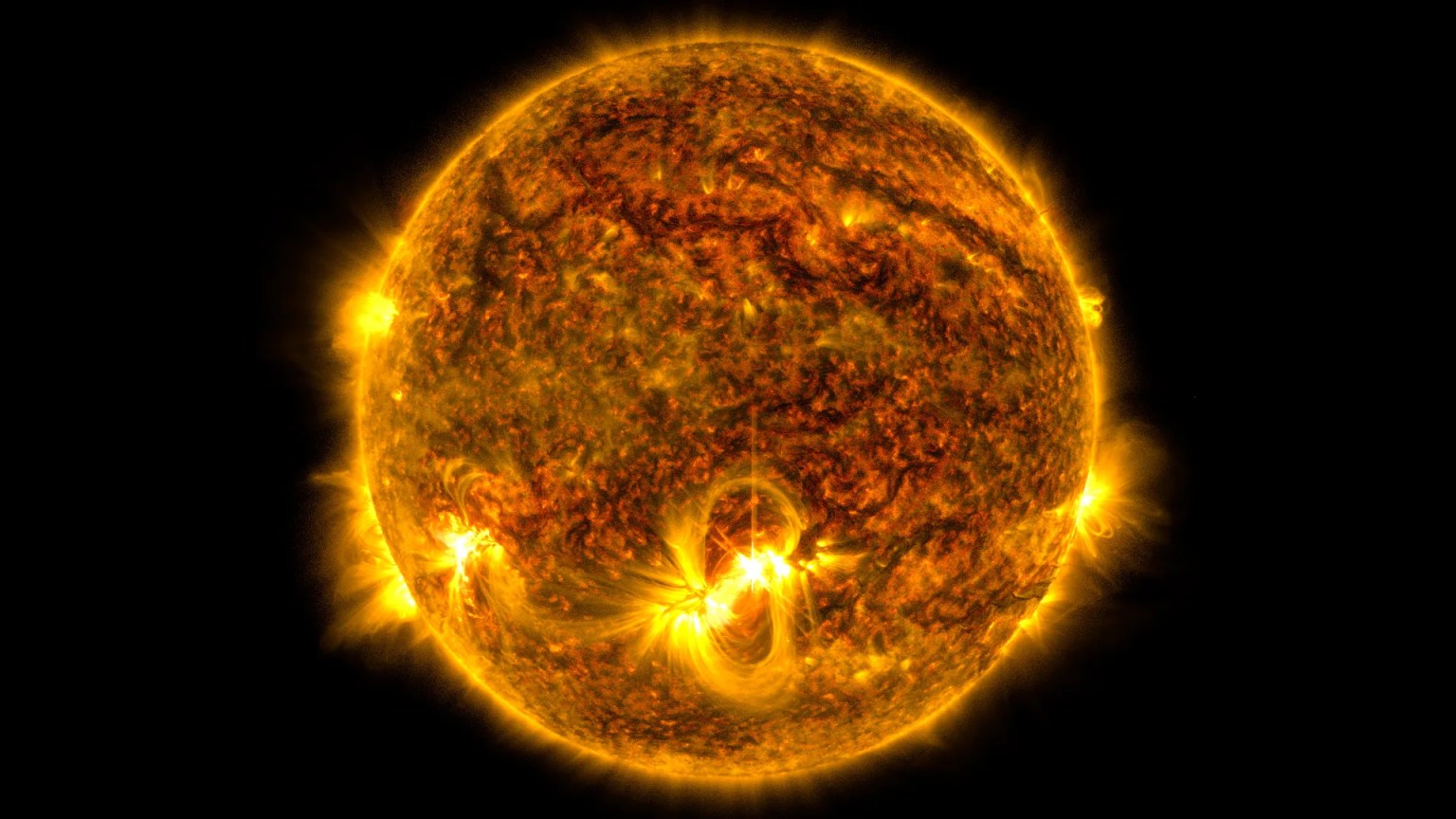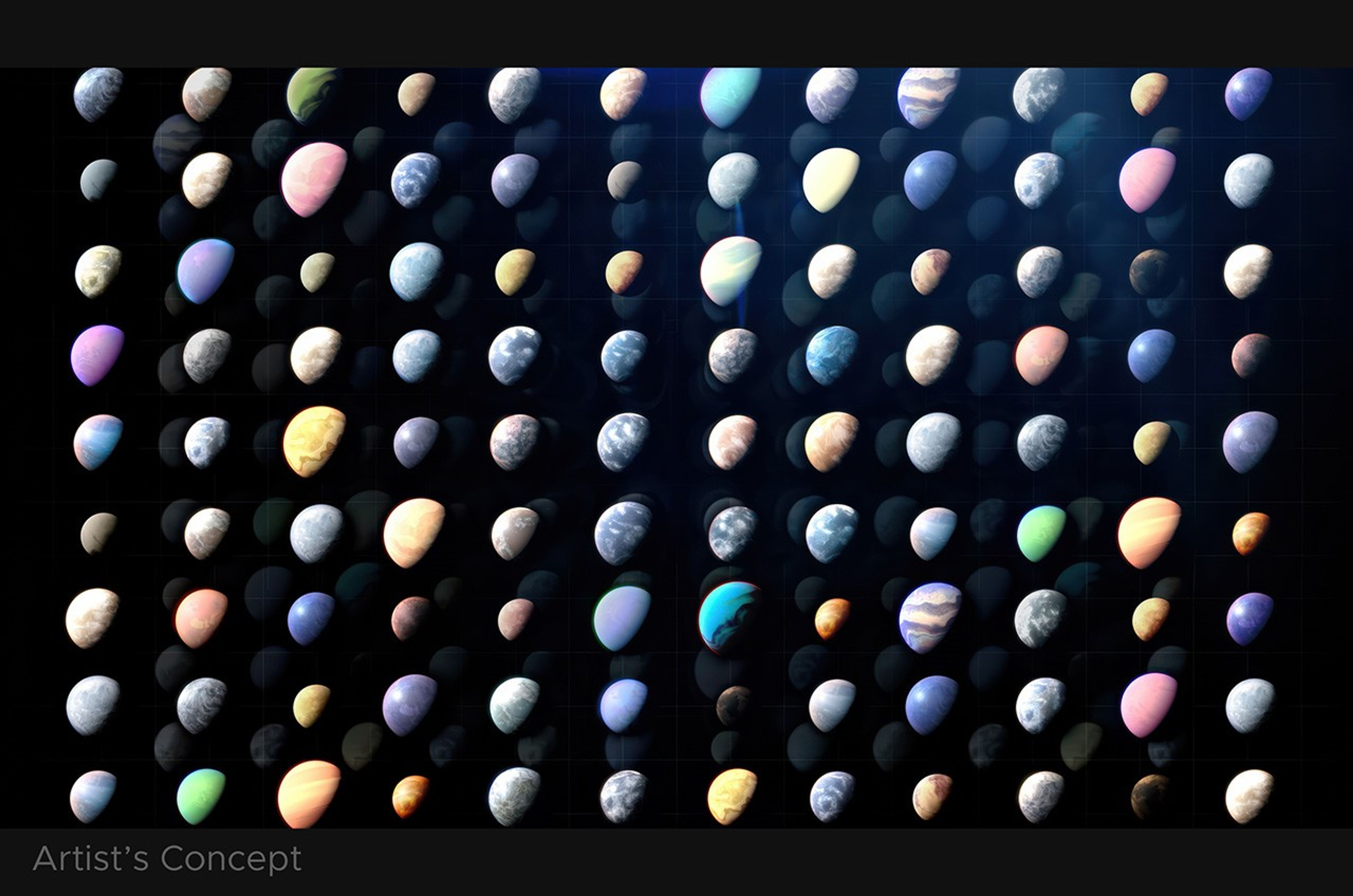ExoExplorer Science Series: Samantha Hasler and Ben Cassese
Date:
June 13, 2025
Time: 11 AM - 12 PM Pacific Daylight Time
Speaker: Samantha Hasler
Title: Using Orbital Phase and Atmospheric Composition to Discriminate Reflected Light Observations of Exoplanets
Abstract: Future direct imaging missions, including the Roman Space Telescope and the Habitable Worlds Observatory, will enable the detection of exoplanets in reflected light. However, these observations may present unique challenges including planet-detection confusion in multi-planet systems and uncertainties in characterization. I will present two of my PhD projects which are focused on addressing these issues. First, I address the planet-detection confusion problem by augmenting a “deconfusion” algorithm with planetary phase variation and photometric properties to support orbit differentiation in multi-planet systems. This work demonstrates the necessity of combining relative astrometry and photometry to reduce confusion rates. Second, I will present an analysis of high phase angle observations of Uranus from the New Horizons mission to provide a ground-truth for interpreting exo-ice-giant observations. Together these efforts support robust, informed expectations of exoplanet brightness and atmospheric variations, which are critical for informing yield modeling, instrument design, atmospheric modeling, and observation scheduling for future direct imaging missions.
Speaker: Ben Cassese
Title: The Challenges of Detecting Planetary Oblateness, and TESS's View of the Solar System
Abstract: In this somewhat disjointed two-part talk, I'll give an overview of the two in-progress halves of my thesis work. In the first half I'll discuss the prospects for and our attempts to detect planetary oblateness, or deviations from spherical symmetry, with current space-based facilities like JWST. Though this measurement is technically feasible, the miniscule size of the signal necessitates careful consideration of modeling choices, especially that of which limb darkening parameterization to use. I will propose a new framework for this: fitting directly in stellar parameters such as effective temperature and metallicity, rather than a potentially non-physical law. In the second half, I will discuss my work on using TESS to discover Trans-Neptunian Objects and how to quantify the impact of unresolved solar system objects on exoplanet transit searches.










